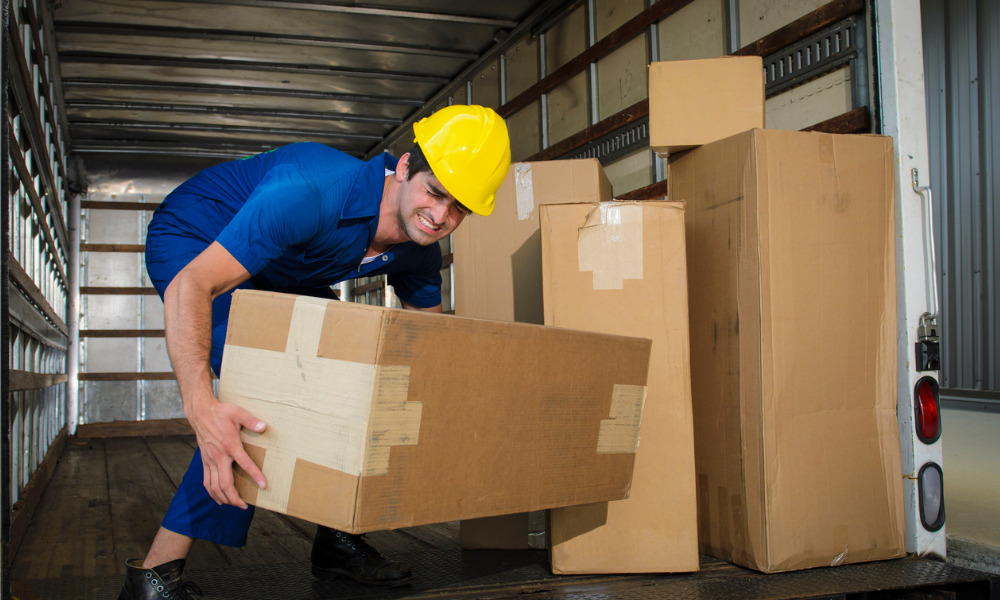Why these hazards are everywhere and tips to control them

Tuesday February 28th is a day within the health and safety community to raise awareness about the risk of repetitive strain injuries. RSI Day is actually February 29th, since it’s the only “non-repetitive” day of the year, which seems like health and safety humour at its finest.
But these types of injuries are not fun for anyone who has suffered from them, and they are not enjoyable for employers either. The Association of Workers’ Compensation Boards of Canada accepted 9,960 lost-time injuries due to musculoskeletal and connective tissue injuries in 2021, a 6.5 percent increase from 2020.
“Repetitive strain injuries develop slowly over time. Because of this, workers need to be made aware of the causes of these injuries and how to recognize early signs and symptoms. But most importantly, everyone should be trained on how to prevent them,” says Anne Tennier, president and CEO with the Canadian Centre for Occupational Health and Safety (CCOHS).
Matthew MacLeod is a senior technical specialist with the CCOHS, and he says there are many ways a worker can develop RSI.
“Awkward postures, over exertion, excessive force, compression, and even vibration, which all lead to increased wear and tear on the body. Other risk factors include the frequency, intensity and duration of tasks and activities, and work organization over time.”
MacLeod says even stress and fatigue can increase the risk. Whether it’s repeated lifting, pushing, pulling, or even something seemingly harmless like working at a computer desk at home, can all lead to RSI.
Once the risks are identified, the appropriate controls can be put in place. MacLeod says this can be done by having a well-designed workstation and by eliminating arduous tasks or movements through automation and the use of technology.
“Look at how the work can be performed and be how it can be changed,” says MacLeod, who suggests physical labour be divided among a group and distributed evenly, so that rest and recovery is included within the work structure.
One industry that includes a lot of manual labour is construction.
“These types of injuries can be debilitating for a worker, causing them to not only miss time from work but it also significantly decreases their quality of life,” says MJ MacDonald, CEO of Construction Safety Nova Scotia (CSNS). “It might not be as high-profile as some other areas of safety in construction, but musculoskeletal injuries and proper ergonomics deserve equal attention on construction sites.”
CSNS has offered up a list of resources specifically for the construction industry.
While physical labour and the trades may be obvious areas where RSI can occur, MacLeod says even people working from home can suffer from these types of injuries. He suggests health and safety leaders take a collaborative approach and make their workers aware of the hazards, best practices surrounding ergonomics.
“The real important aspect of ergonomics is having a well-designed work workstation to fit the worker and not trying to fit the worker to the job.”
An apt message for RSI Day.





